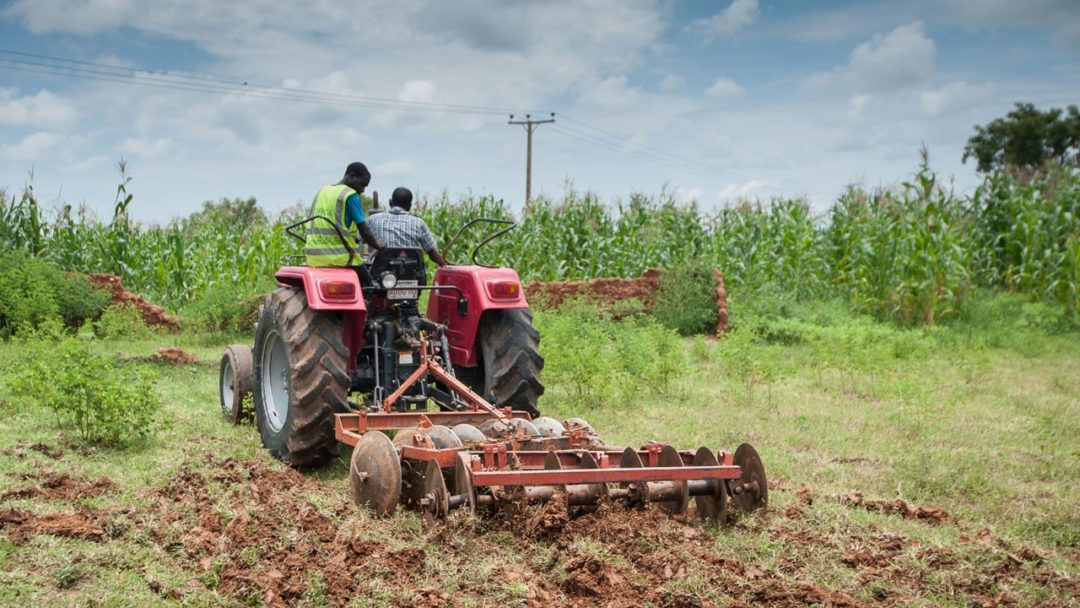Read full article by Uka Eje,Thrive Agric@Opinion
Nigeria’s over-dependence on oil and its ability to stoke it into a fully-fledged industry over the past half-century clearly stemmed from its abundance. The potential of the agricultural industry is no longer in question – it contributes about 21 Percept to Gross Domestic Product (GDP) yearly. Yet, as we strive to make agriculture ‘the new oil’ – and perhaps, a better oil – the question of its viability goes far beyond abundance to one that asks: are we enabling the sustainability of our nation’s agriculture sector? Unfortunately, today, the answer to that is: not sufficiently. The global population has rapidly quadrupled from 1.5 billion people to 6.1 billion over the past 70 years – one of the greatest effects of this expansion is the proportionate increase in the demand for food. It has been no different in Nigeria, where the current population of 200 million people is expected to surpass 300 million by 2036. However, food production barriers and challenges in the country have significantly stifled the performance of the agricultural sector: the high cost of farm inputs, poor access to credit, inefficient fertiliser procurement and distribution, inadequate storage facilities and poor access to markets have all combined to keep agricultural productivity low. As a result, food production has not kept pace with population growth, resulting in rising food imports and declining levels of national food self-sufficiency, as well as the stunted growth of the smallholder farmer.
In Nigeria, of the enormous percentage of individuals and groups engaged in agriculture, more than 80 per cent are smallholder farmers – they usually own small plots of land of less than a hectare, on which they grow one or two crops at micro and small levels; and 72 per cent of them live on less than $2 per day. Yet, the nation’s agricultural sector contributes about 20.85 per cent to the GDP yearly, while the majority of its contributors live in abject poverty. Smallholder farmers are not just at the mercy of the elements, they are also limited by limited financial and business literacy. I’ve seen countless times how the well-being of the smallholder farmer is affected by a bad harvest and by the inability to understand how to make a profit from their own toil. When my company, Thrive Agric, first went to Kebbi, we met a corn farmer named Shehu. Despite being a farmer for over a decade, Shehu struggled to cater for his growing family or improve his economic situation. He would plant and wait for harvest; he would sometimes source for traditional forms of fertiliser, but could not always afford this, or the pesticides required to keep his crops safe.
Oftentimes, while he waited, he had to take odd jobs to make ends meet. When the harvest time came, much of his harvest would have fallen victim to pests, leaving him with very little to sell. He’d put a little aside for his family, and thus began the relay race. He had an agent who would help him transport the corn to end users across different markets, but sometimes, the lengthy period would see the quality of the produce drop, as well as Shehu’s potential income. While the distributors would cash in on the gains, Shehu was paid the bare minimum, especially as his desperation did not afford him the luxury of negotiation. He made just enough to feed his family for a few weeks, nowhere near enough to see them through to the next harvest.

